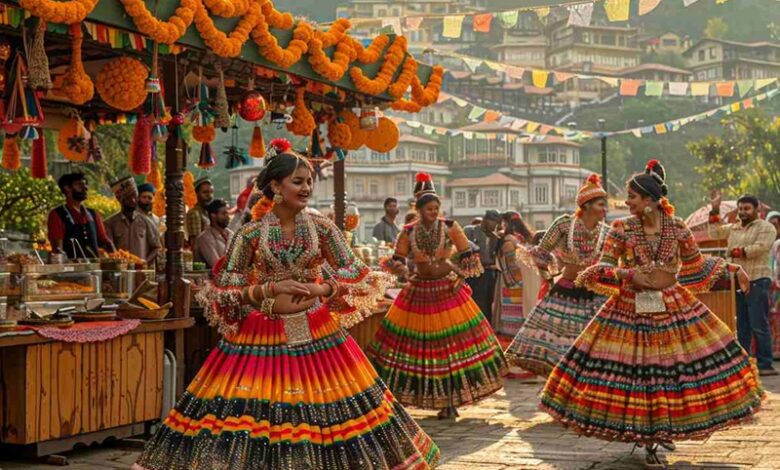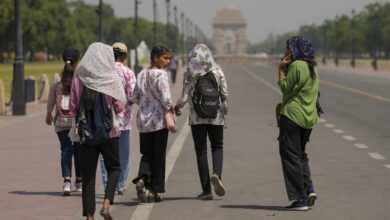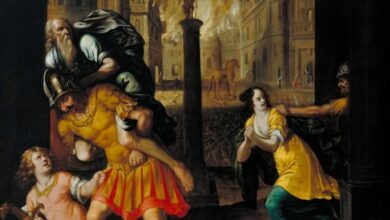The vibrant arts of Himachal Pradesh
News Mania Desk / Piyal Chatterjee / 25th January 2025

Tucked away in the Himalayas, Himachal Pradesh features a vibrant heritage of traditional artistry. Among these, weaving serves as a fundamental aspect of its cultural heritage. This age-old craft transcends simple fabric creation; it serves as a narrative medium that combines practical use with detailed artistry.
The weaving customs of Himachal Pradesh, especially the Kullu shawls and Chamba rumals, are celebrated for their elaborate patterns and cultural importance, establishing the state as a vital hub for maintaining India’s handloom heritage.
Weaving in Himachal Pradesh has a history of around 5,000 years, with the Kullu area becoming a major center for this art. Initially, Kullu shawls were simple, but the 1940s brought in bright geometric designs, inspired by artisans from Bushehar. These shawls are marked by a simple woolen center embellished with striking, vibrant borders showcasing complex geometric patterns. The main fabric of these shawls, wool, is obtained from nearby sheep and offers insulation in the cold winters.
Weaving is also profoundly embedded in communal life, with both men and women taking part equally. Many households possess a pit loom, where this vibrant tradition is maintained.
Chamba, a charming town nestled in the Himalayas, is famous for its rich cultural legacy. The Chamba rumal, also known as handkerchief, is a handcrafted embroidery that thrived with the support of the Chamba kingdom’s royalty. These rumals frequently illustrate episodes from epics like the Mahabharata and the Ramayana, showcasing the area’s narrative heritage. The stitching method, referred to as dohara tanka or double satin stitch, guarantees that the pattern looks the same on either side of the material. This detailed approach was inspired by the Mughal artistry of Chamba miniature paintings, which flourished in the 18th and 19th centuries.
In the contemporary era, where mass-manufactured items frequently eclipse artisanal crafts, the creation of kanghi (an essential part of the loom) continues to represent Himachal Pradesh’s rich cultural legacy. The craftsmen creating these tools are guardians of this heritage, safeguarding the expertise and techniques necessary for this art form from fading away. Amidst the increasing enthusiasm for sustainable and artisan products, there is a revived admiration for traditional arts such as kanghi crafting. With consumers looking for products that have a narrative, grounded in heritage and made with attention, the need for handmade textiles and the instruments used to produce them is increasing.
The weaving customs of Himachal Pradesh, represented by the Kullu shawls and Chamba rumals, are not just crafts but stories intricately woven into the fabric. They embody the area’s history, culture, and the fortitude of its inhabitants, serving as evidence of the lasting spirit of Himachal’s craftsmen.






